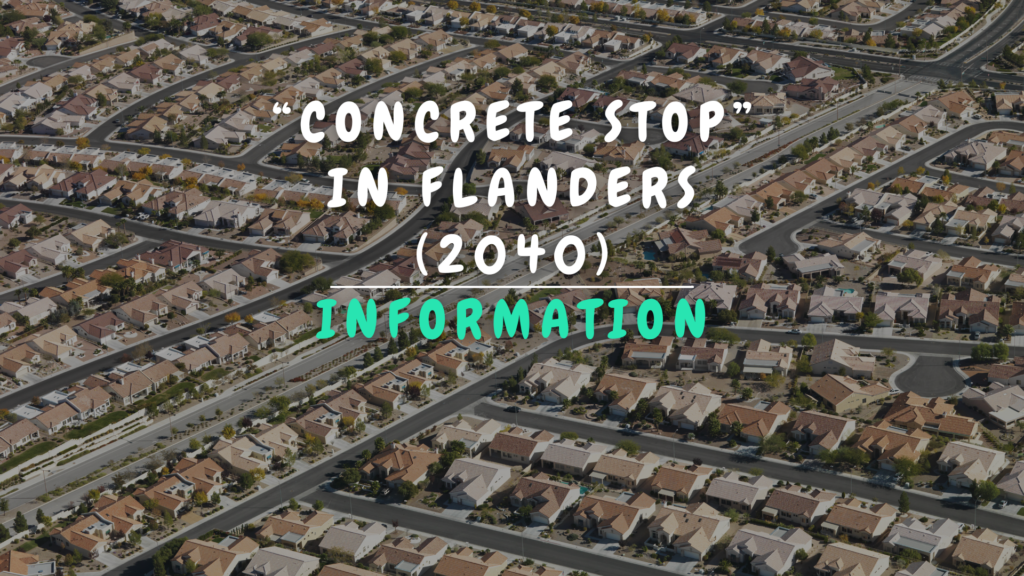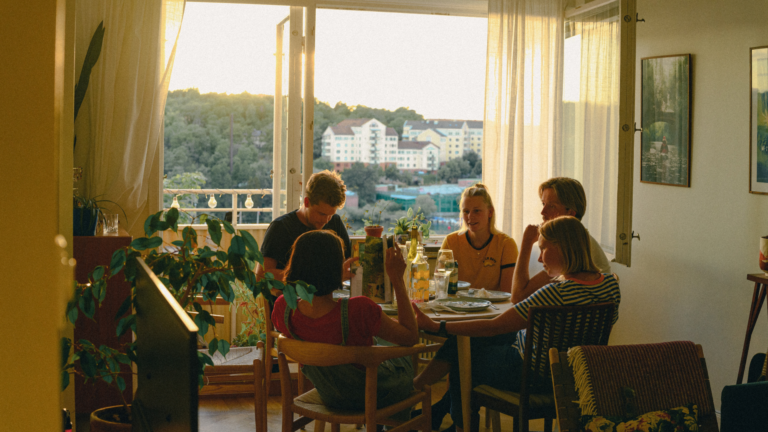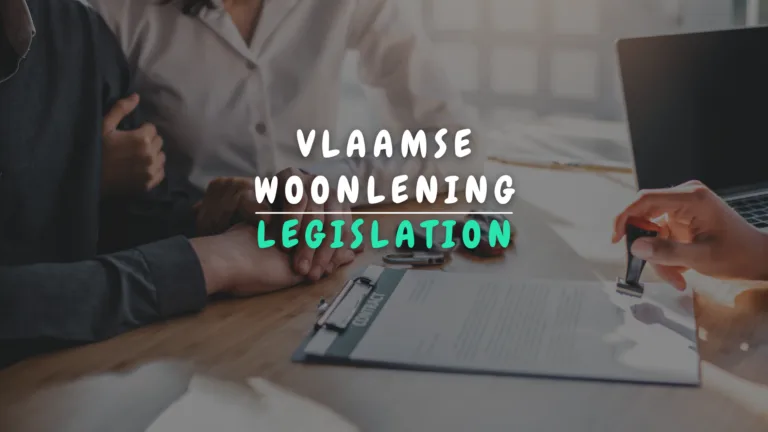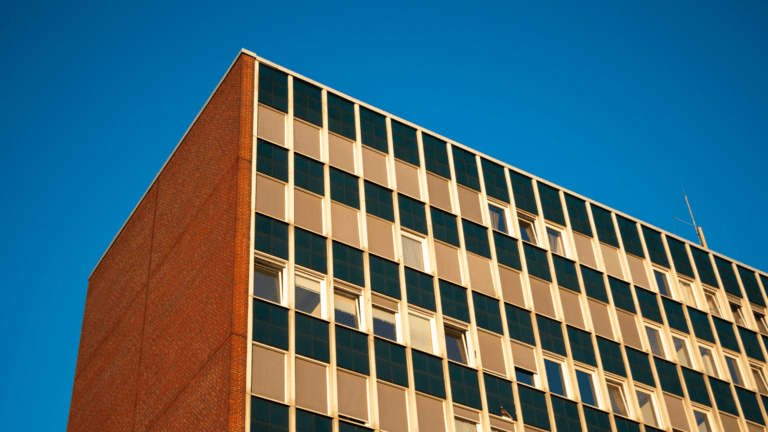Starting in 2040, Flanders is introducing the so-called “concrete stop” or “construction shift. What does this measure mean? What are the reasons and consequences?
Contents
- What is the concrete stop?
- What are the reasons for the concrete freeze?
- How is the concrete cap implemented?
- What are the implications of the concrete freeze?
- What is the conclusion?
1. What is the concrete cap?
The concrete stop, or construction shift, is a policy measure of the Flemish Government that will be introduced starting in 2040 to limit further hardening of open space. The goal is to stop building on additional open space by 2040 and switch to a sustainable use of space. Flanders wants to build closer together in village centers, in cities and close to public transport. The Walloon Government is also introducing a concrete freeze, albeit only from the year 2050. The concrete freeze measure includes:
- That one may build only on occupied space.
- That one no longer issues new permits for construction on new pieces of land.
- That only the City Council decides whether you get a permit after a public request and environmental report.
2. What are the reasons for the concrete freeze?
Flanders wants:
- restrict building in flood-prone areas.
- reduce congestion, road maintenance and sewer mileage.
- preserve farmland and natural areas for future food security and natural habitat conservation.
- Better utilize and densify existing built-up areas to make more efficient use of infrastructure and public transportation.
- protect biodiversity, improve water infiltration and mitigate the effects of climate change. Paved surfaces contribute to flooding and heat stress in urban areas.
3. How is the concrete cap implemented?
The implementation of the concrete stop will be phased in:
- The Flemish government is working with municipalities to review and modify building and development plans.
- The Flemish government is deploying subsidies and incentives to promote redevelopment and sustainability of existing built-up areas.
- One is to make citizens and businesses aware of the benefits of sustainable spatial planning.
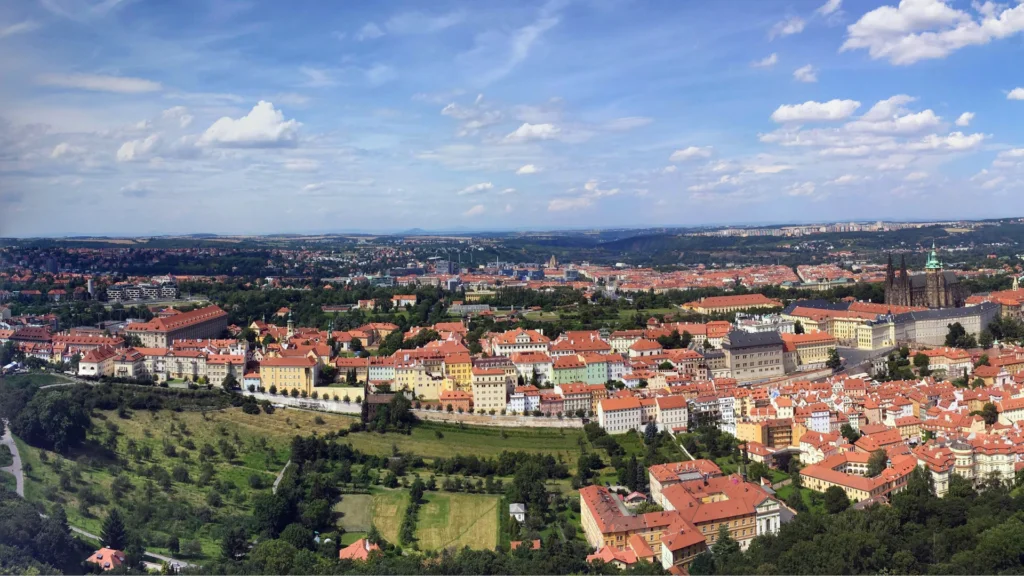
4. What are the implications of the concrete freeze?
4.1. M.b.t. burgers
- Prices of detached and semi-detached houses are going up, as they are also becoming scarcer.
- Building land prices are going to rise as licensed building land becomes increasingly scarce.
- Citizens are no longer allowed to build new homes in open space areas. You will notice this especially in rural areas.
- Citizens with fewer financial resources have fewer options to pay the higher costs of their existing homes.
- People will build more in height. Possibly apartment buildings are going to be added and there is a chance of horizon pollution within smaller communities.
4.2. M.b.t. companies
- Applications for construction project permits will become more difficult to obtain and potentially more expensive.
- Construction companies and property developers must adapt their strategies to the measures.
- Inner-city projects tend to be more complex because of limited space. This potentially costs construction companies more.
- Some construction and real estate companies fear loss of jobs and sales due to restrictions on new construction.
- The lack of clear guidelines and transitional measures has been criticized, causing companies to struggle to prepare.
- In the future, there will be more renovation and redevelopment projects instead of new construction on green sites. Construction companies must prepare their strategy accordingly.
4.3. M.b.t. overheden
- Public funds will have to be released for plans and enforcement.
- Municipalities must develop new land use plans that take the measures into account.
- Construction project permit application processes are becoming more complex and thus more time-consuming.
- Municipalities will potentially face legal conflicts and resistance from land and property owners.
- Municipalities must pay the market value of a land to the owner if the land is converted to open space. This is very costly.
- Supporting higher population densities in cities will require investment in infrastructure and public facilities.
- Municipalities collect opcents on residential property taxes based on cadastral income. Apartments generally have lower cadastral income, so municipalities collect less.
5. What is the conclusion?
The concrete ban in Flanders is an ambitious but necessary step toward a more sustainable and resilient spatial policy. While the measure presents challenges, it also offers opportunities for innovative solutions and sustainable development. Ultimately, 2040 is still relatively far away, and by that year the rules may change. We are curious!
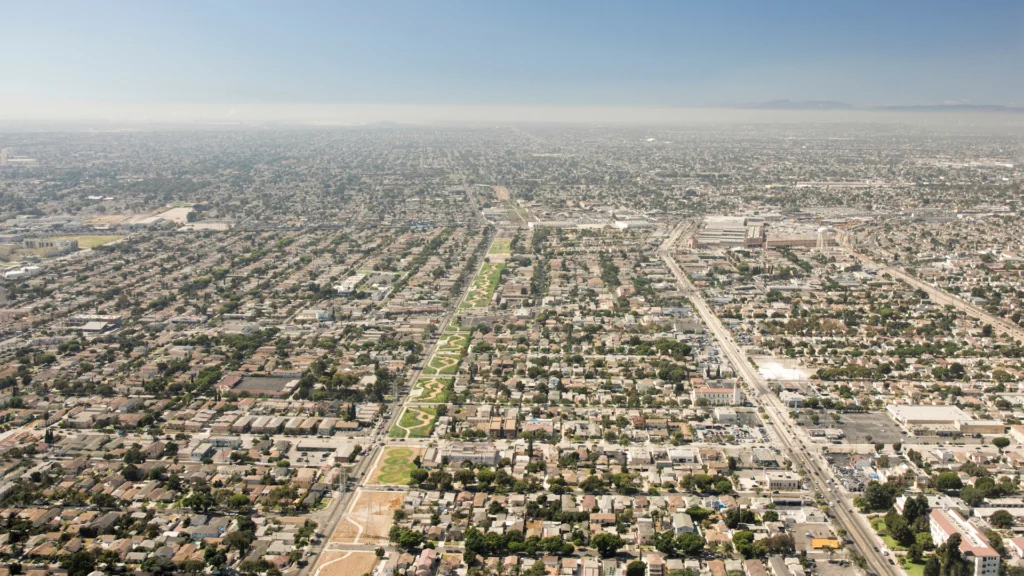
Sources: Bond Beter Leefmileu, HLN, Immoweb, Flanders
Would you like to cite this article as a source? Then use:
Stiasteny, L. (2024, Nov. 2). Flemish concrete summit (2040): Everything you need to know. Apartment.be. Consulted on (date XX/XX/202X), from https://www.appartement.be /all-about-the-betonstop-in-flanders/
Related articles:
